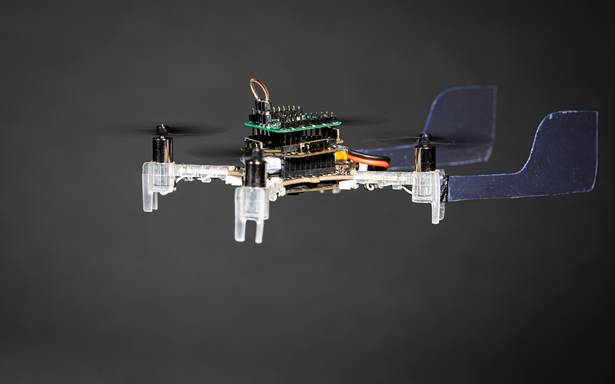Researchers compared the moth antenna to an artificial sensor. They found that the moth antenna is more sensitive and reacted more quickly while flying through patchy odour plumes.
(Subscribe to our Today’s Cache newsletter for a quick snapshot of top 5 tech stories. Click here to subscribe for free.)
Researchers at the University of Washington and the University of Maryland have developed an autonomous drone that uses live antennae from a moth to smell and avoid obstacles as it travels in the air.
The “smellicopter” was developed in association with the Air Force Center of Excellence on Nature-Inspired Flight Technologies and Ideas (NIFTI), and uses antennae from the Manduca sexta hawkmoth.
Moths can use their antennae to sense chemicals in the environment.
“By using an actual moth antenna with Smellicopter, we’re able…













